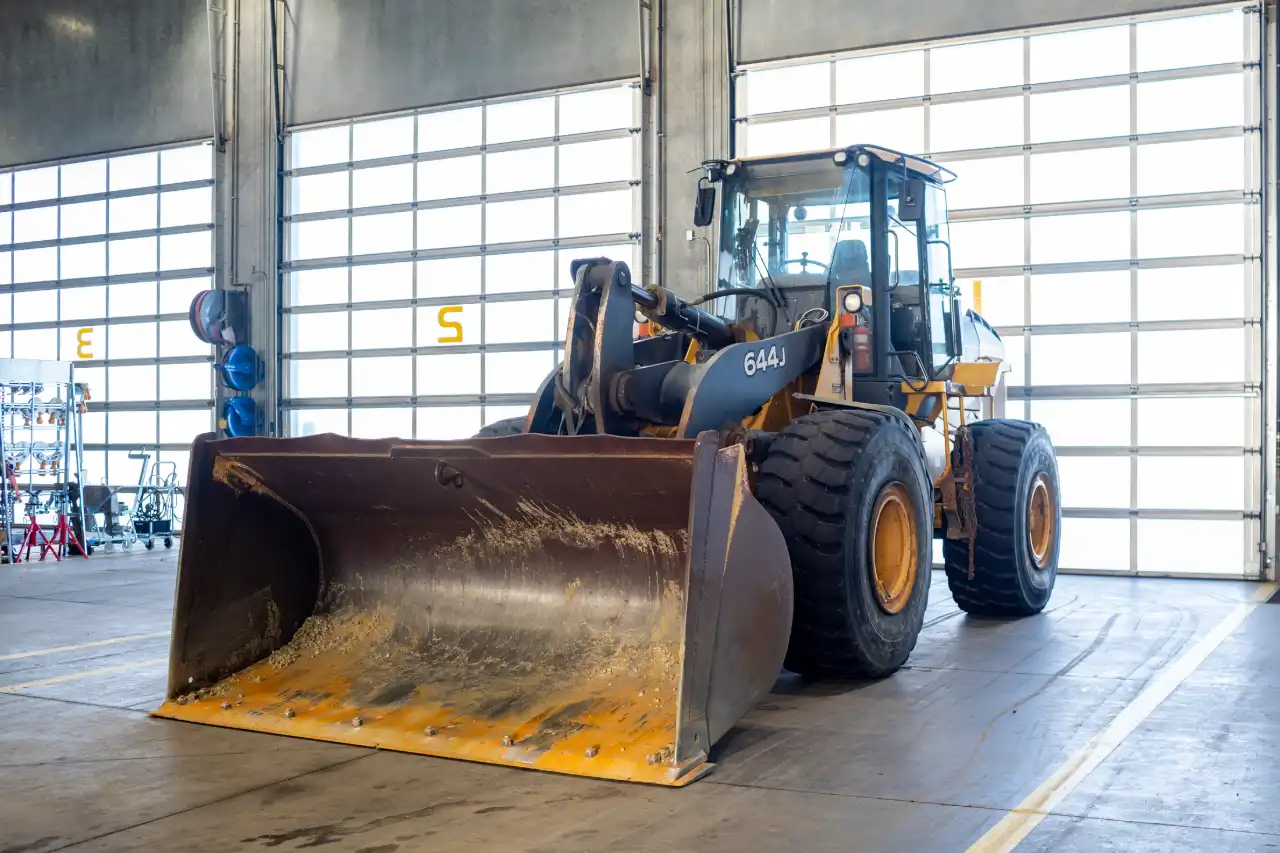Adrenaline Diesel Blog
From Reactive to Proactive: Using Reliability-Centred Maintenance (RCM) to Slash Dozer Downtime


A modern crawler dozer is a significant capital asset that often exceeds $700,000 in purchase price and can generate an hourly rate above $350 on large Alberta earthworks projects. When such an asset remains immobile, the organization faces multiple financial penalties: direct repair costs, lost production, scheduled liquidated damages, and opportunity costs as operators and auxiliary equipment stand by. Research across the heavy equipment industry repeatedly shows that unplanned failures can account for as much as 20 percent of a fleet’s total ownership costs. Therefore, the key is to shift from a reactive “fail-and-fix” approach to a structured, data-driven maintenance system that maintains operational readiness and safeguards profit margins.
Reliability-Centred Maintenance (RCM) is a structured approach originally developed in the aviation sector and later standardized under SAE JA1011. Its goal is to identify the most technically and economically appropriate maintenance plan for each component based on defined performance goals. Instead of using uniform service intervals across different assemblies, RCM examines functional requirements, failure modes, and the severity of consequences to recommend targeted, risk-based tasks. The approach consists of seven repetitive stages:
Through these steps, RCM develops a maintenance plan that matches the asset’s criticality and operational context, thereby reducing unnecessary interventions and preventing catastrophic failures.
Bulldozers deployed in Western Canada operate in a uniquely demanding environment characterized by extreme ambient temperatures, abrasive silica-laden soils, and frequent freeze–thaw cycles. High tractive loads accelerate sprocket tooth wear, while cyclic torsional stresses lead to fatigue in undercarriage pins. Hydraulic seals are exposed to temperature fluctuations ranging from –35 °C in winter to +30 °C during the summer construction peak, resulting in thermal shock and loss of elasticity. A traditional time-based preventive maintenance regime rarely accounts for such variability; instead, an RCM analysis considers each failure cause, thereby increasing component lifespan and ensuring compliance with production schedules required by provincial infrastructure contracts.
Start with a criticality ranking matrix that scores each dozer based on revenue contribution, replacement availability, lead time for spares, and safety implications. Assets with high scores are prioritized at the top of the implementation queue to maximize their financial impact.
Modern Caterpillar, John Deere, and Komatsu machines are fitted with CAN bus networks and satellite modems that transmit high-resolution data on coolant temperature, hydraulic system diagnostics, fuel consumption, and idle ratios. These feeds populate condition-monitoring dashboards that trigger alerts when predefined thresholds are exceeded, enabling the creation of proactive work orders.
These techniques shift maintenance from reactive troubleshooting to predictive maintenance, a paradigm recognized for its better cost-benefit ratio.
RCM’s effectiveness depends on technician skill and strict compliance with procedural guidelines. Training programs should focus on fault-code analysis, enhancing preventive maintenance plans, and ensuring consistent data entry into the computerized maintenance management system (CMMS). Operators also have a crucial role; their daily walk-around checks and quick defect reports supply practical context that algorithms cannot obtain.
Alberta’s Occupational Health and Safety Act requires regular equipment maintenance to reduce hazards. RCM provides a solid framework that fulfills due diligence obligations and supports ISO 9001 and ISO 55001 certification for asset management. It also improves environmental stewardship, as early detection of hydraulic leaks or diesel particulate filter (DPF) issues helps prevent contamination incidents that must be reported under the Environmental Protection and Enhancement Act.
The contractor later extended the RCM framework to cover its entire heavy civil fleet, citing a net ROI of 4.1:1 within the first operational year.
A structured, proactive maintenance policy aligns well with ESG objectives by reducing fuel consumption, extending asset life, and minimizing waste through early component replacement. Carbon-intensity metrics also improve, meeting reporting requirements under the federal Clean Fuel Regulations and strengthening the competitive edge for public-sector bids that consider environmental performance.
Reliability-Centred Maintenance (RCM) shifts dozer support from a casual activity to a structured, financially disciplined process based on engineering evidence and real-time data. By replacing reactive repairs with predictive actions, fleet operators can extend asset life, reduce downtime, better use resources, and show compliance with legal and corporate standards. In the competitive Alberta construction market, where meeting deadlines is critical, RCM provides a clear operational edge.
Give us call or fill out our service request form to schedule your vehicle in for service at Adrenaline Diesel.

Adrenaline Diesel has extended service hours to ensure you get the best appointment time possible.

Sourcing parts for complex jobs is our specialty. We always aim for the fastest turnaround possible.